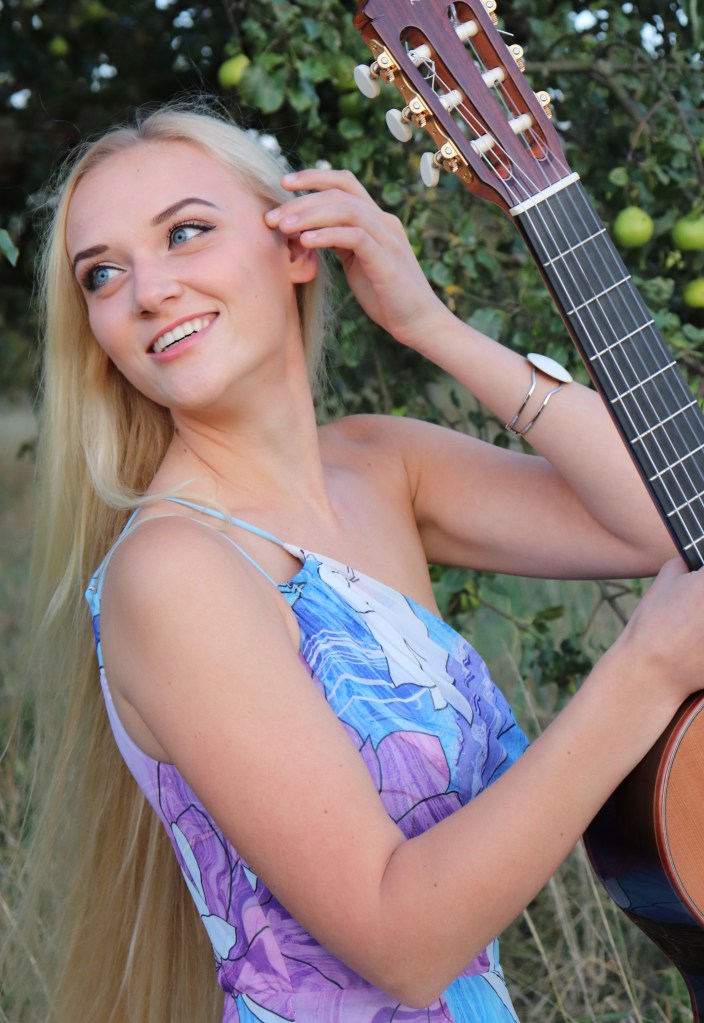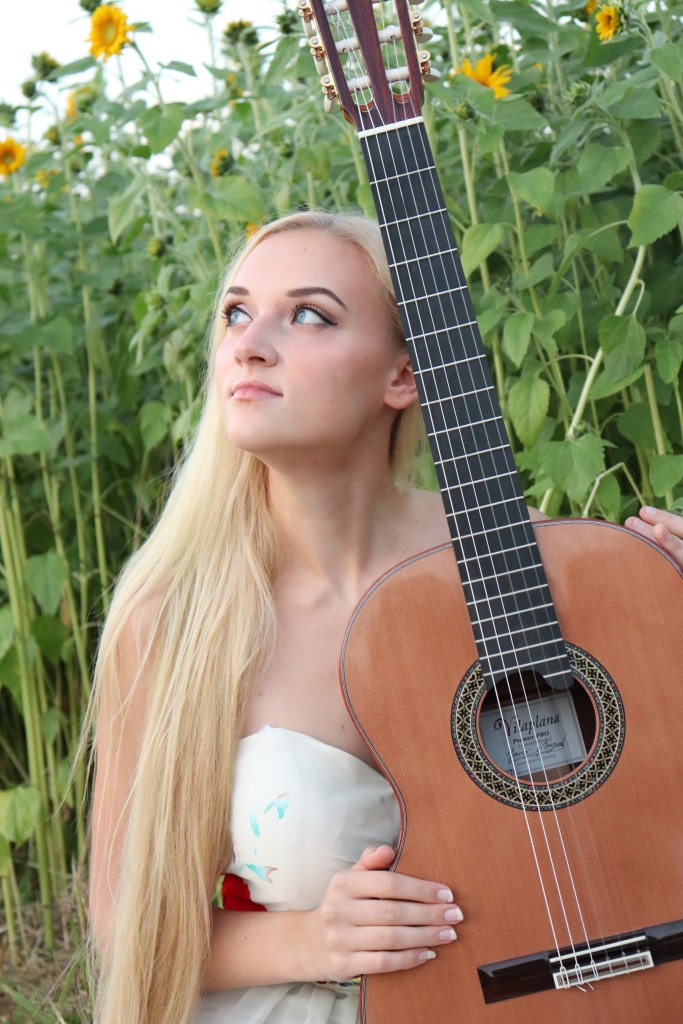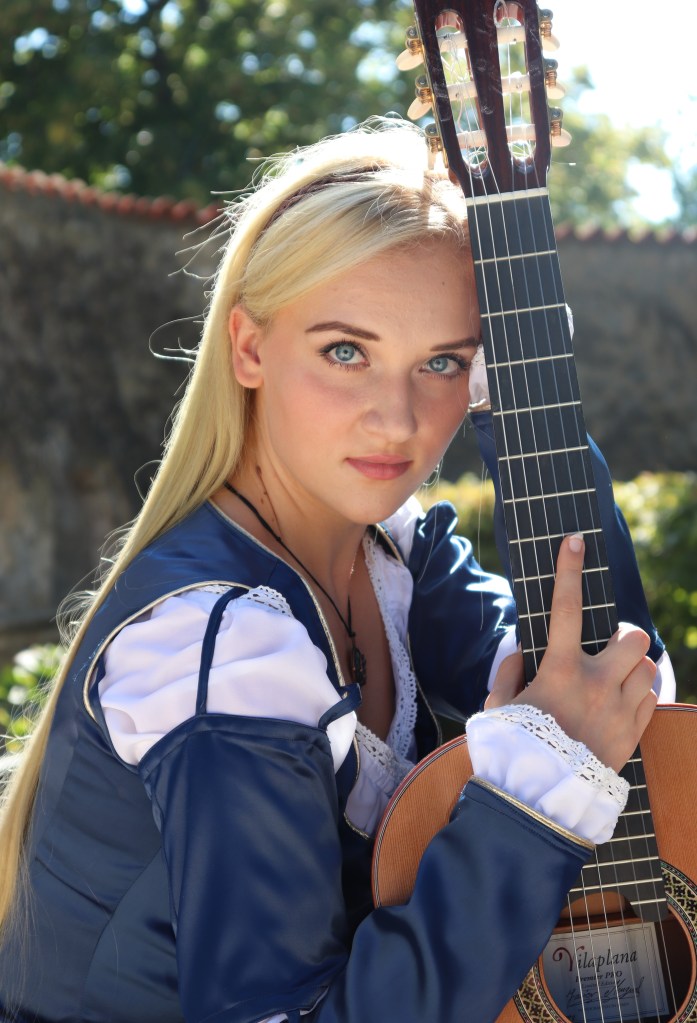The Canadian virtuoso and award-winning guitarist, Steve Cowan has graced stages throughout Canada, the United States, and Europe. Steve’s beautiful playing is highlighted by a dark sound, rich nuance, and wondrous clarity, placing him among the elite guitarists of his generation. His debut album of Canadian music, Pour guitare (McGill Records, 2016), helped to establish him as ‘one of Canada’s top contemporary classical guitarists’ (Classical Guitar Magazine). In 2018–2019, Steve made his concerto debut with Ensemble del Arte in Germany, his New York solo recital debut, and released his second solo recording Arctic Sonata (EMEC discos).
Active both as a soloist and chamber musician Steve performs regularly with Forestare, a Montréal-based string ensemble; in 2022, he will be a Chamber Music New Zealand touring artist with flutist Hannah Darroch, as well as a Prairie Debut touring artist with guitarist Adam Cicchillitti. The Cowan–Cicchillitti duo has premièred 15 new works and released an album of Canadian music titled FOCUS (Analekta, 2019); their next recording, Impressions intimes (Analekta, 2021), features original arrangements of Debussy, Ravel, Mompou and Tailleferre.
Fortunately, Steve recently sat down to share some detail about his journey with guitar. I hope it inspires everyone!
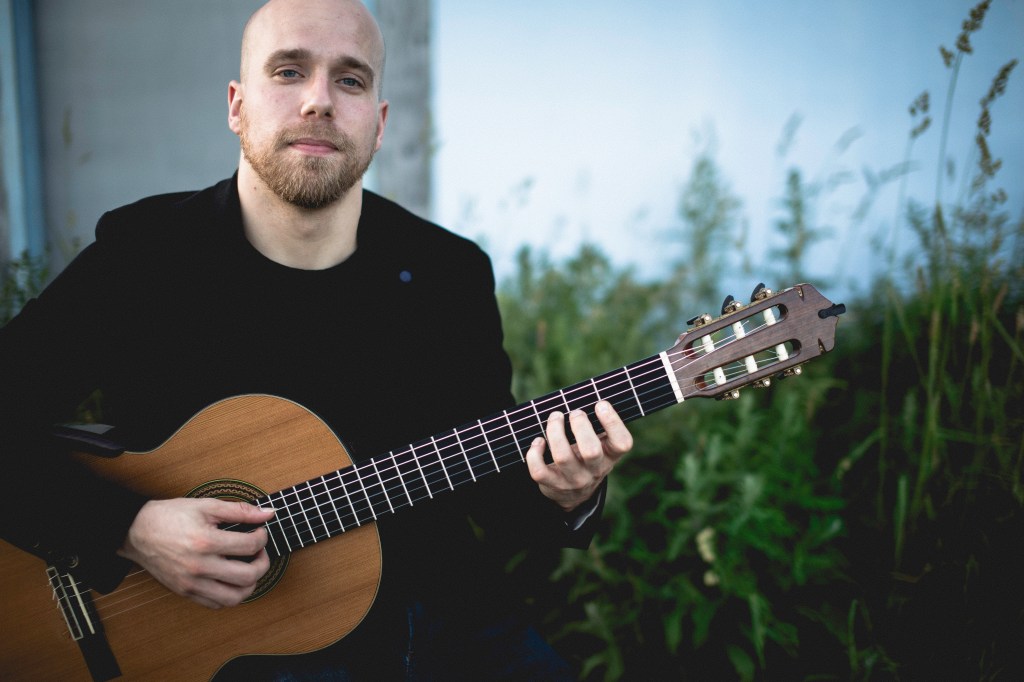
Personal
When did you start playing and why? Or, what drew you to the guitar initially?
My music education growing up consisted of piano lessons when I was very young, and drum set lessons in my teenage years. While I was (and still am) obsessed with rhythm, which is what drew me to drums initially, I envied the beautiful chords and melodies I would hear in guitar playing. I began to self-teach myself electric guitar at around 15, and I took it very seriously, playing in progressive and experimental rock bands in my hometown for the next 7 years. At 18, I wanted to study music at my local University (Memorial University of Newfoundland), and figured whatever was described as “classical guitar” on the website was my best shot to get admitted. I had never been exposed to much classical music or to this style of guitar playing before, so I went to a performance class at the University and heard some great renditions of pieces by Brouwer and Villa-Lobos. I was incredibly inspired and went out the next day and bought a classical guitar, found a local teacher to instruct me and prepare me for the audition, and I haven’t really stopped playing since.
What repertoire do you enjoy playing the most?
For the past five years I have definitely been mostly a “new music” player, as many of my album projects, academic pursuits, and concert programs have been largely focused on new commissions and premieres. This is something that will always excite me, and I’m lucky to have worked with composers that understand my musical sensibilities and write pieces that feel perfect for my tastes and my hands. I do still appreciate the standard repertoire and music from different periods, and often include portions of renaissance, baroque, or 20th century repertoire in my programs as well. Lately, many solo and ensemble projects have been centered on early-mid 20th century French music (Debussy, Ravel, Mompou and others), both arrangements and original guitar works, and this is another broad stylistic period that really resonates with me.
In recent years, I am often seeking out music that is slow in tempo, and intimate in character. I spend a large portion of practice time searching for that perfect legato, dynamic nuance, or temporal manipulation in order to create the long, beautiful phrases that I hear come so naturally to instruments such as the piano or bowed strings. It is difficult to achieve on the guitar, but so satisfying when it works. In my opinion, this can be equally as “virtuosic” as playing extremely fast, and I really enjoy searching for these magical moments in different repertoire.
What guitar or guitars do you perform on? Strings?
I play on two guitars by Québec luthier Bruno Boutin: a traditional spruce top and a cedar double top. I’ve played on his instruments for nearly a decade, and have never found another instrument that seemed to fit my playing as well as these instruments do. Balanced, rich, projection and clarity. I always went for carbon strings from various companies, as I found traditional nylon strings did not work as well with my plastic nails. However, I recently fell in love with Augustine Regal Blues (nylons!), and they seem to have everything I need.
Which guitarists/musicians have had the most influence on you?
There’s a very long answer to this question, but in short I believe that my time as a drummer and progressive rock musician largely shaped how I hear and feel music, and could explain why I’m so drawn to contemporary guitar repertoire in particular. To give a few names, my father was constantly spinning King Crimson or Pink Floyd albums during my entire childhood, and I don’t know if I would play guitar the way I do if I had been exposed to classical music from a very young age instead.
With regards to my classical guitar playing specifically though, my biggest influences would certainly be my three principal teachers. My first teacher in my hometown of St. John’s, Newfoundland was Sylvie Proulx, and she pushed me very hard. She was rigorous with refining my technique, and introduced me to all of the great repertoire and players that I had never been exposed to. She also encouraged me to pursue graduate school in the United States, and I went on to study with David Leisner at the Manhattan School of Music. David taught me an incredible amount about musical depth and nuance of interpretation, as well as how to connect with my instrument in a more relaxed, healthy, and musical way. His well-known ergonomic techniques are an integral part of my playing and teaching. His well-known ergonomic techniques are an integral part of my playing and teaching. Jérôme Ducharme was my instructor at the doctoral level, and further deepened my relationship with the instrument itself. He knows the fretboard inside out, has an endless amount of tricks up his sleeve for both hands, and always applied them with a deep musical intelligence. As a former GFA winner himself, he doesn’t let anything slide and really took me to the next level.
To make this long answer even longer, there are also some very young players that have influenced me profoundly. I feel there is somewhat of a revolution happening in guitar technique right now, particularly with regards to the left hand, and watching players like Xavier Jara do incredible stretching and finger gymnastics in order to achieve that perfect legato has been a great source of inspiration. I also can’t get enough of Lorenzo Micheli and Matteo Mela, as soloists or as SoloDuo.
If you have recordings, which recording/s are you most proud of? If not, are you planning to record a cd?
I have 2 solo albums, a duo album, and another duo album to be released in March of this year. My first solo album (Pour guitare, 2016) and first duo album (FOCUS, 2019, withAdam Cicchillitti) feel particularly special, as they both consist of new Canadian music, most of which was written for either me or the duo. My second solo album, Arctic Sonata (2019), features the title track by young Icelandic composer Gulli Björnsson, as well as a lot of overlooked 20th century gems. Arctic Sonata is an incredible piece, and has been a staple of my concert programs since 2016. It’s a total crowd pleaser and I’m happy with the performance we captured on the album.
Are there any recordings that you consider have the finest recorded sound for guitar?
I’m lucky to have a close working relationship with the fantastic guitarist and producer Drew Henderson, and have always been immensely satisfied with the results he produced in both my videos and the duo albums. It’s no surprise to me that he is in such demand in the guitar world these days. I am pretty open with regards to these things though, and am by no means a purist; it doesn’t need to be a big reverberant church sound, though that certainly works for some repertoire. Florian Larousse’ latest Bach album sounds more like a studio recording to me (I could be wrong), and the clarity is striking. Patrick Kearney’s latest album was also done in a studio, and with his playing and the repertoire on the album, the sound really “pops” and it works better for him than if it were done in say the Naxos style, I think.
What are some up and coming projects (recordings, concerts) you are excited about?
My next duo album with Adam Cicchillitti, Impressions intimes (Analekta, 2021), features original arrangements of Ravel, Debussy, Mompou and Tailleferre and will be released on March 26th. I will also be premiering several new works in solo and duo at this years 21st Century Guitar Conference (www.21cguitar.com – March 22-26), which was scheduled to take place in Portugal, but due to COVID-19 will occur entirely online.
I’m very excited about a project that began last summer, when I recorded 12 separate guitar parts in an ambitious new piece by Canadian composer Jason Noble. The piece, fantaisie harmonique, is for double-guitar orchestra (6 classical guitar parts, 6 electric parts), and utilizes 6 different scordatura tunings to cover an extended microtonal range across the different guitars. It is an exploration of timbre on the guitar, relying mostly on harmonics, open strings, and percussive mutes as opposed to traditional playing techniques. This recording was engineered by Denis Martin at McGill University in Montréal, and uses new Dolby Atmos software to create a 3-dimensional listening experience. A new 360-degree video and is currently in progress and will also be premiered as part of the 21st Century Guitar Conference. There are some current versions available to listen to on the Soundboard Scholar website: https://www.guitarfoundation.org/general/custom.asp?page=SbS06-Noble-Cowan
Listening to the binaural mix of this with headphones on is a wild ride!
I also have some pre-recorded and livestreamed performances coming up for the Cambrian College concert series (solo – February 5th), Triangle Guitar Society (solo – February 20), Montreal Guitar Society (solo – March 21), Guitar Alla Grande (solo – March 27), and Prairie Debut (duo – March 28). While I miss playing for live audiences, I’m grateful to have these opportunities during this difficult period.
If international travel can happen this summer (fingers crossed), I am currently scheduled to tour as part of the EuroStrings platform, which would take me to Finland, Estonia, Italy, Spain, and Romania… I guess we’ll see!
Technique and Performance
How much do you practice? And, do you structure your practice in any particular way?
I was never someone who practiced a crazy amount of hours, and probably peaked during my master’s degree at about 4-5 hours a day. These days, there are so many other things to manage other than practicing, so it’s really all over the place. I practice when I can, and some days I won’t play at all, while other days I will have to overcompensate and put in more hours than I would normally feel comfortable doing. Ideally, it involves a slow morning warmup, followed by focused and analytical work on new repertoire or difficult passages, and then time away from the guitar to do some other things. Later in the day or evening I’ll have another session that involves more “playing” and full run-throughs of pieces as opposed to sectional and analytical practice. I do a lot of recording myself, listening back, and score study, so “mental practice” is a also a large part of my regular routine.
Are there aspects of guitar that you struggle with or that you find you are still working on?
Everything needs regular maintenance, even the things I consider myself good at. So it’s not like we can stop practicing technique after a certain point, unfortunately. I struggle with fast scales, and certain left hand slurs in particular. I practice scales regularly as they are great for synchronization of the two hands, but guitarist’s obsession with extremely rapid scale playing has always puzzled me. Perhaps it’s because I don’t play a lot of Spanish repertoire, but it never really seemed to be that important for the pieces I was learning. That said, it does still come up, and I feel like a slouch in my duo when Adam is blazing through his scale passages while I’m clunking and sweating and failing. I’ll get there one day!
Do you deliberately memorize music or have a technique that helps assimilate music into memory?
Analyzing the music with regards to form and harmony greatly speeds up the memorization process for me. It’s not always easy, depending on the style of the music, but really studying the score without a guitar in your hands just helps you understand things on a deeper level. My practice approaches of working on very small sections (more on that later) also helps things stick a little easier, I think.
Have you published any editions or do you plan to publish your own editions in the future?
A guitar duo arrangement of Ravel’s Sonatine that I worked on with Adam Cicchillitti will soon be published by Productions d’Oz. Hopefully, our other arrangements from the album (Debussy, Mompou, Tailleferre) will be published as well. This piano music works great for guitar duo!
Do you have a favorite drill you use to warm up?
I have a ton of warm up drills that I vary on a regular basis, but if I’m short on time I would prioritize Brouwer’s Etude No. 6 to get my right hand going, and some of Scott Tennant’s left hand finger independence exercises from Pumping Nylon in order to get my left hand going.
Do you have any pre-concert rituals?
I eat 2-3 bananas in the 90 minutes before the concert, I slowly warmup, and I try to trick my brain into thinking that I’m “excited” and not “nervous” (sometimes it works, sometimes it doesn’t). I also like to listen to music in the 10-15 minutes before going on stage. If I’m feeling particularly anxious, I have recordings that I know will calm me down and get me in the zone. If I’m feeling fatigued or low energy, I’ll do the opposite – listen to something that will pump me up!
Do you do anything to your nails or shape them in a particular way?
My nails are I guess what you would describe as a slightly curved ramp upwards. They are relatively short, though I like the A finger to have a slightly longer length.
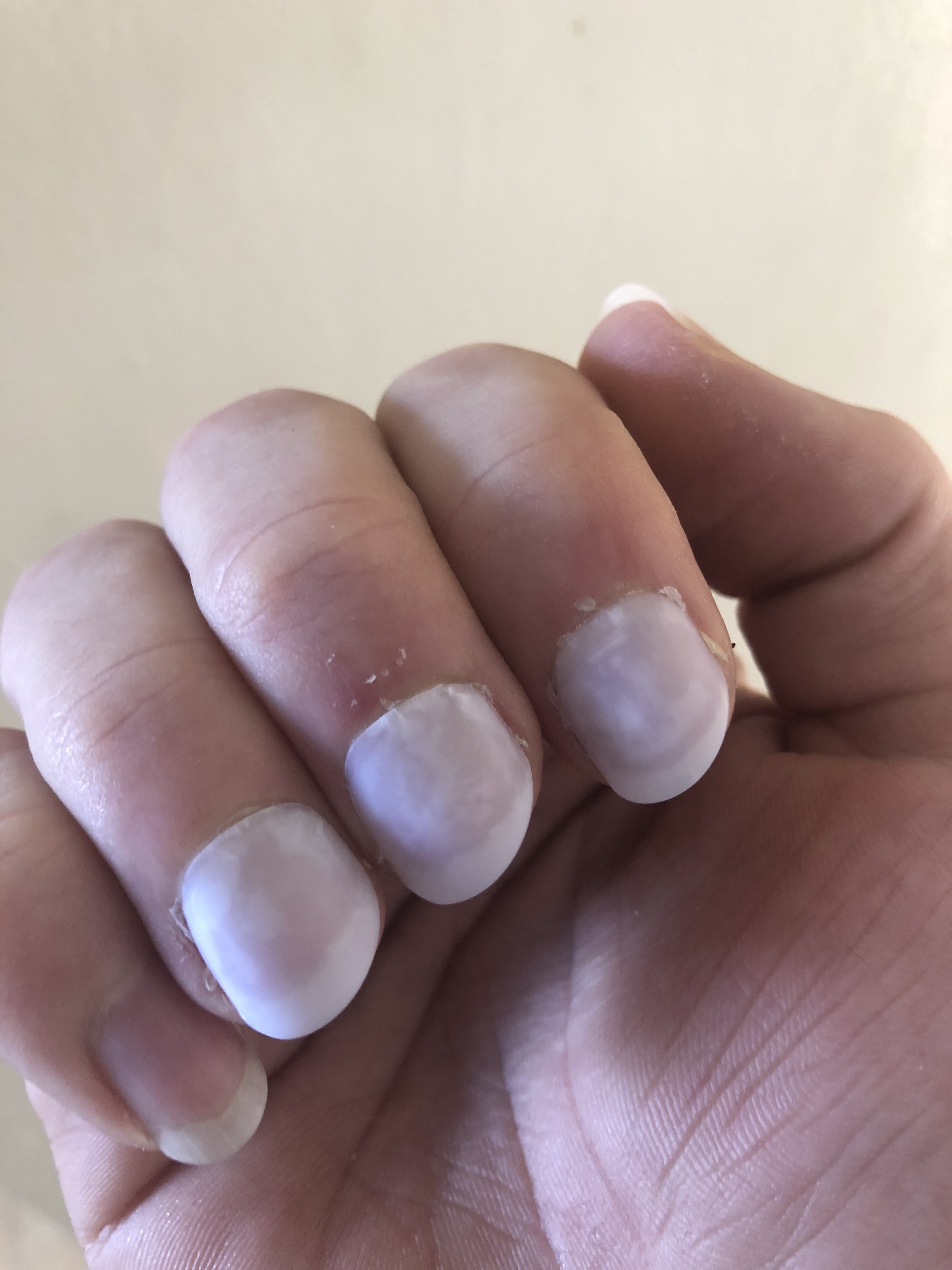
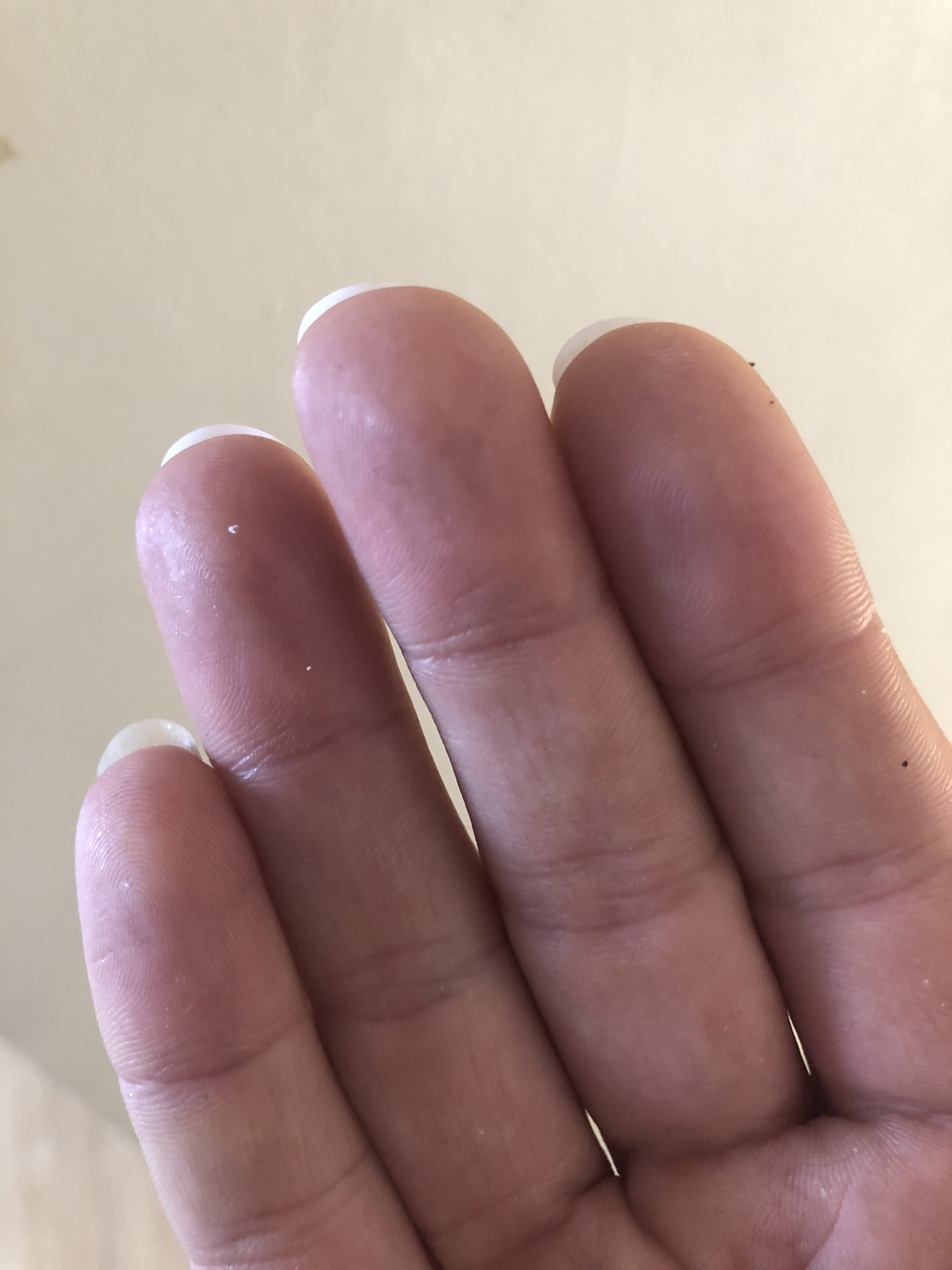
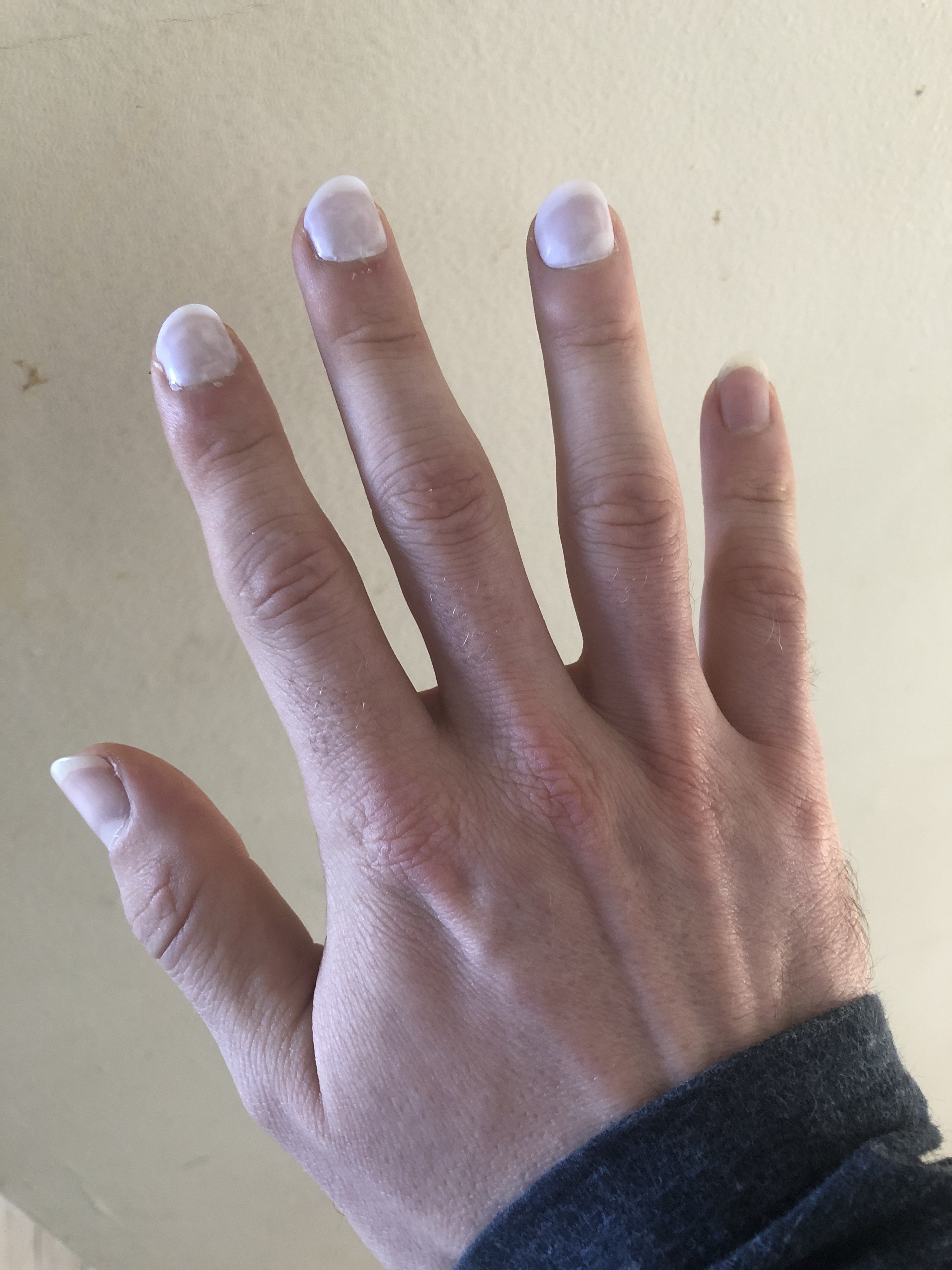
Advice to Younger Players
What single most important piece of advice about practicing would you offer to younger players?
SLOW DOWN. Time and time again, I realize that my student’s perception of practicing something “slowly” is maybe only 5-10 bpm’s slower than performance tempo. I have learned to actually enjoy playing music at 25% of the performance speed, and it not only helps solve technical problems but also speeds up the learning and memorization process. I also advise against the temptation to play through an entire piece over and over again, trusting that eventually things will fix themselves. I usually learn things a passage at a time, or a small section at a time. I might spend 45 minutes on 4 measures, but those measures are then technically and musically secure, and I don’t need to worry about them any more, David Leisner sums up this idea wonderfully in his book Playing With Ease (highly recommended), referring to this practice as working in “bite-size sections”, and the importance of varying “analytical” versus “soul” work. “Soul” work refers to understanding the “big picture”, and largely occurs at the very beginning (finding that initial inspiration, hearing how your own musical personality could work with the piece), and the very final stages of learning a piece (polishing for performance). Most of the time in between should be hyper focused and analytical, otherwise you are likely wasting time and probably building bad habits that will be hard to fix later on.
“SLOW DOWN.”
– Steven Cowan
What repertoire do you consider essential for young/conservatory students to assimilate? Why?
While I encourage students to find their own niche and repertoire specialization eventually, I do agree that the bachelor’s level should try to check all of the boxes. Contrapuntal music demands a different skillset in the hands, and just sounds so good on guitar when it’s done well. I don’t play a lot of 19thcentury music, but this is perhaps the best music for students to learn how to integrate phrasing, rubato, and how to decide on dynamic shape based on the melodic or harmonic content of the piece. 20th century repertoire from the Segovia or Bream era makes up the bulk of our guitar “masterpieces”, so there’s no escaping it!
Recordings that every young guitarist should be familiar with and why?
To follow up on the previous answer, I think it’s important for guitarists familiar with the history of our instrument, particularly the last 100 years. The big names are big names for a reason, and so listening to some of the greats in chronological order (Segovia, Bream, Williams, Parkening, Ghiglia, Barrueco, Russell, etc.) will introduce you to the important pieces of the times as well as the evolution in playing style. This can continue with the young concert artists and competition winners of today, of which there are too many great albums for me to even mention. It’s all easily accessible online these days – go out and find it!
___________________________
Support Steven Cowan’s work:
Latest solo album on Apple Music (also available on other streaming platforms):
https://music.apple.com/us/album/björnsson-morricone-others-works-for-guitar/1466291274
Latest duo album:
https://www.analekta.com/en/albums/contemporary-music-guitar-duo/


